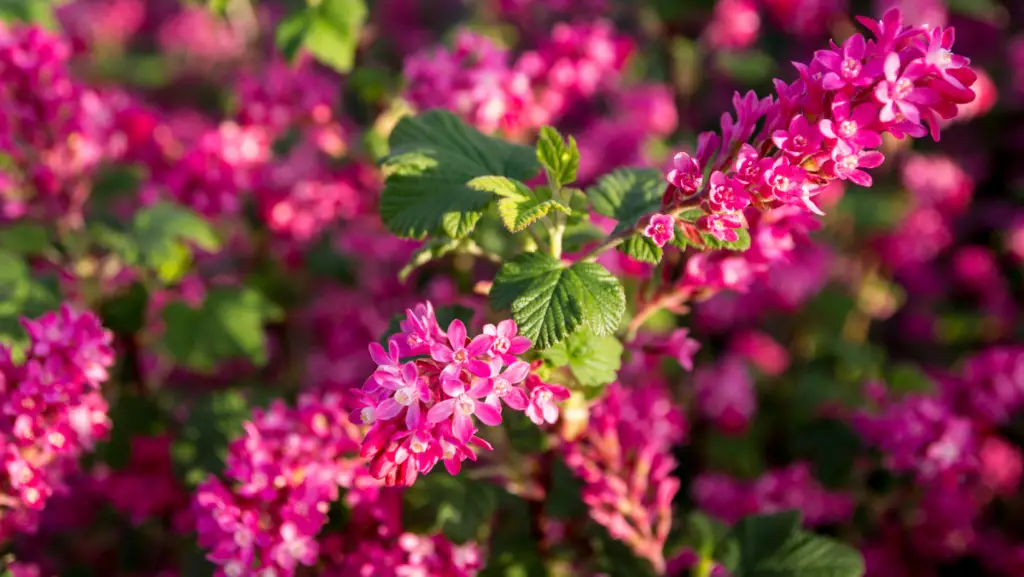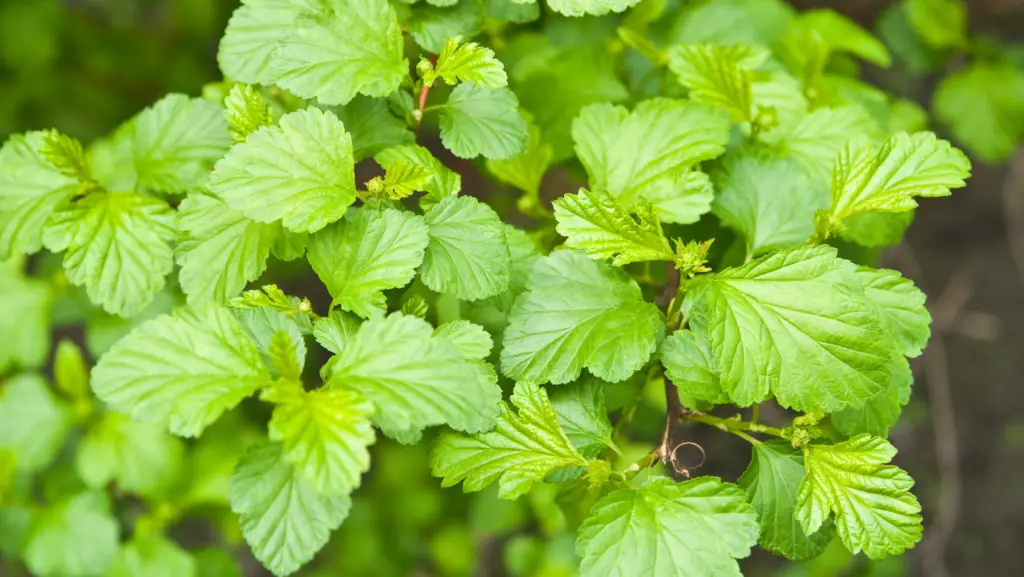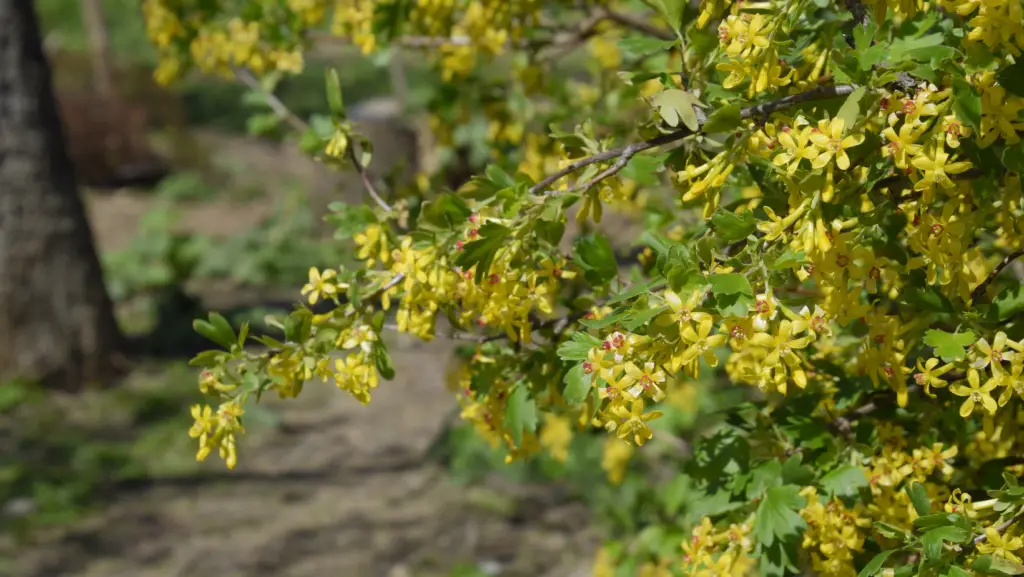
The currant, very easy to grow, is recommended for beginners who can bring out its magnificent flowers with little care.
In this article, I have gathered for you all the information about the flowering currant plant, its main characteristics, and what you need to know to plant and grow it.
Characteristics of the flowering currant
| Scientific name | Ribes sanguineum |
| Family | Saxifragaceae |
| Origin | West America |
| Foliage | Deciduous |
| Flowering | March-April |
| Rusticity | -15°C to -20°C (-59 to -68°F) |
| Exposure | Sun |
| Soil | Garden soil |
| USDA Plant Hardiness Zone: | 6 to 8 |
The flowering currant is a close relative of the fruiting currants and blackcurrants, but its berries have no taste value – if they are edible.
It is a shrub of 2 to 2,50 m in height and as much width. The branches are thin and reddish when it is young, and carry in spring dense clusters of small flowers in pink to red tones
The small fruits are without decorative interest but useful for birds.

How to grow a currant bush
The flowering currant grows in all ordinary soils, and in sunny or possibly semi-shade exposure. In the south, to avoid the burning rays, it is preferable to place it under a subdued and light shade.
At planting, sacrifice the first year’s flowering, and prune the young plants by half to give them strength. Then, every year after flowering, cut a few centimeters above the branches that have flowered.
Every 4 to 5 years, if the shrub tends to flower less, cut back all the vegetation to 40 cm from the ground.
How to grow a currant shrub in pot
It is a waiting solution for 2 to 3 years before planting in the ground rather than a sustainable method of cultivation.
Give space to the currant, in a pot of 40 cm of side or diameter. Replant in a rich and draining soil, with 1/5 of river sand, and avoid long periods without watering between March and October.
Where to plant a currant plant
There are several suitable areas for your plant. You can plant it in isolation, giving it plenty of room to grow and thrive. You can also plant it in a hedge to create a nice natural barrier. Alternatively, and this is my personal favorite, you can consider planting it in a mixture with other species such as flowering quince, broom or forsythia.
Our selection

It is regrettable that there are still so few varieties in some places, whereas our neighbors have a much wider choice.
– R. sanguineum is thus declined in ‘King Edward VII‘, with the numerous long clusters of intense red flowers of 8cm, and ‘Pulborough Scarlet‘, very close variety with the more spread out port, which is characterized by dark red flowers punctuated by a white spot in the center. There is also a bright yellow variegated version, ‘Pulborough Scarlet Variegated‘, less common.
– ‘Porky’s Pink‘, with pale pink flowers, and ‘Tyderman’s White‘, pure white, are more difficult to find. ‘Koja‘, a recent obtention, has larger, longer, darker red clusters than all the others.
– For the scent garden, plant R. odoratum, the aptly named, with golden yellow tubular flowers, decorative foliage in autumn.
– In rock gardens and low beds, place R. alpinum (syn. R. aureum), a small shrub of 60 cm height and 1 m diameter, with yellow flowers in April. Its yellow leaves in spring turn green in summer.
Conclusion
The flowering currant is therefore a very practical element for all beginners. Its magnificent bloom is a great reward for the little work that the plant requires and allows you to bring a nice touch of color to your space.
It is definitely a plant to have in mind when planning your future garden.

Hi!
I am the guy behind Theyardable.com. I grew up on a homestead and I am here to share the knowledge I have and things I learn while living in the countryside.
